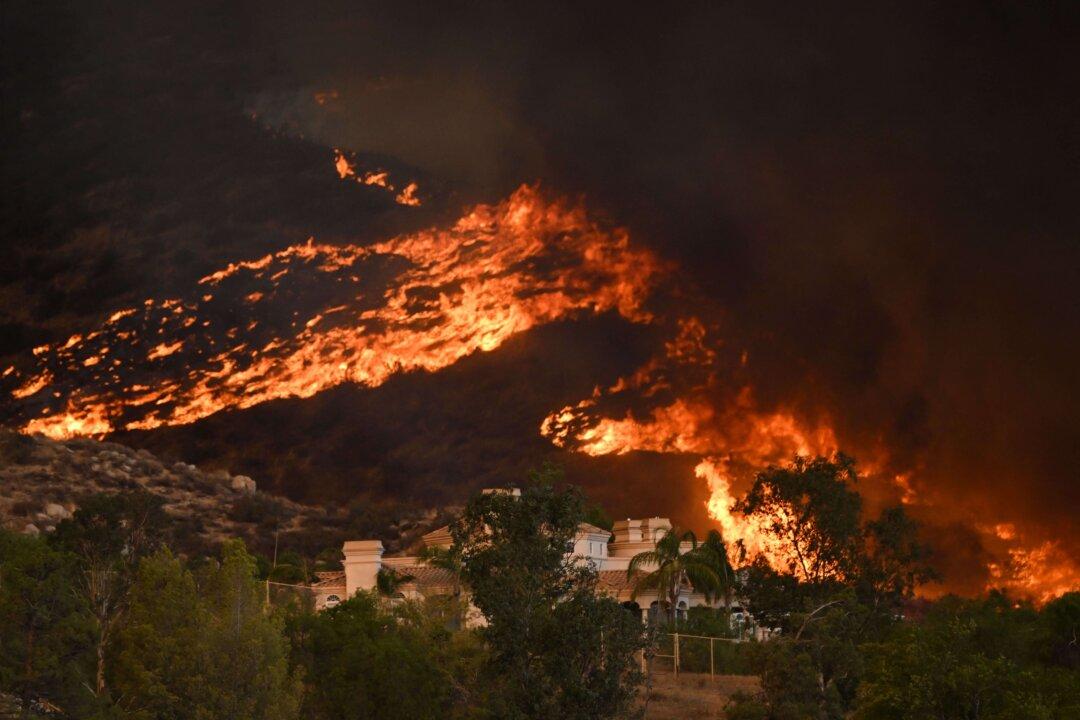
Plumes of smoke rise as wildfire approaches a home during the Fairview Fire near Hemet, Calif., on Sept. 7, 2022. Patrick T. Fallon/AFP via Getty Images
Anne Johnson was a commercial property and casualty insurance agent for nine years. She was also licensed in health and life insurance. She went on to own an advertising agency, where she worked with businesses. She has been writing about personal finance for 10 years.
Author’s Selected Articles






